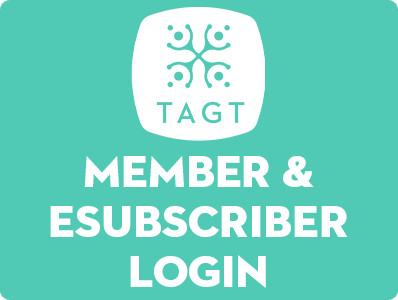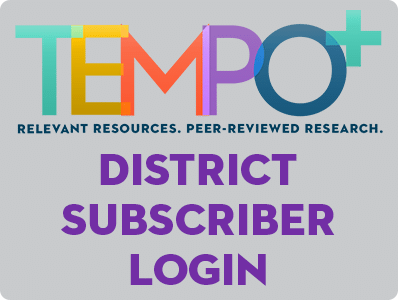
TAGT Members and eSubscribers, please login by clicking the button below and using your TAGT member login.

TEMPO+ District Subscribers should use their district-provided email address to login. If you do not have your password, please click “forgot password” below.
If you’re not yet a member, visit txgifted.org/explore-membership to join at the Member or eSubscriber or contact membership@txgifted.org for information about TEMPO+ Subscription or join with a brief trial subscription to TEMPO+.
All Rights Reserved © 2024. Texas Association For the Gifted and Talented.
Website designed and managed by 8 SIGNAL
Disclaimer: The views and opinions expressed in TEMPO+ articles and advertisements do not necessarily reflect a TAGT position. Articles shared are intended to inform members about the conversations affecting those in our field.